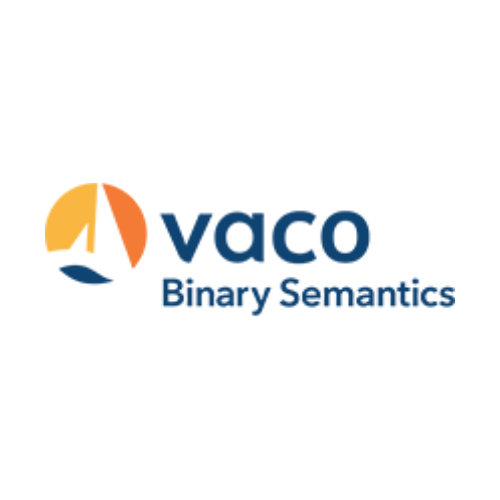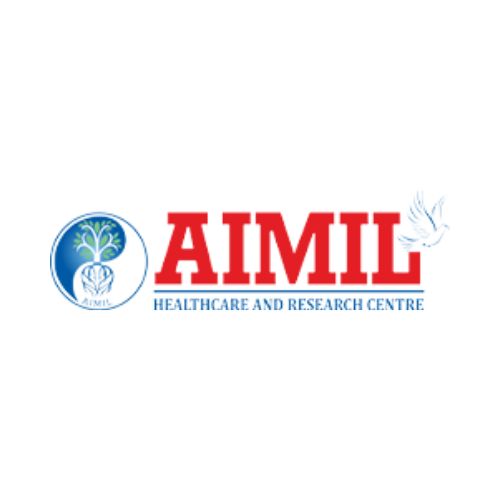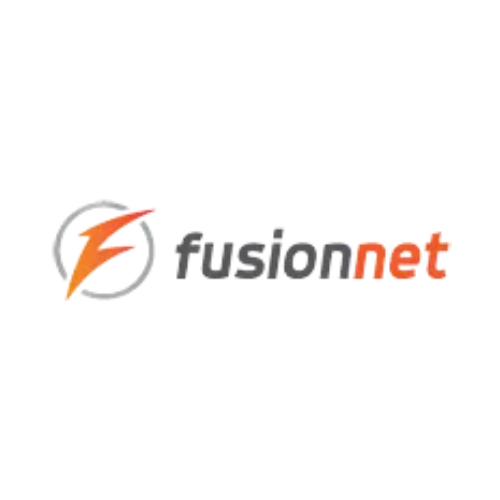agency benefits
Let’s Work Together.
At Venets Media, we believe in the power of collaboration to drive success. Our team of digital marketing experts is dedicated to helping your business grow with innovative, data-driven strategies.

High Quality Services
Delivering High-Quality Digital Marketing Services for Growth

Skilled Developers
Expert Developers Crafting Custom Digital Solutions for You

Perfect Web Solution
Your Perfect Web Solution for Growth and Digital Success
Welcome to Venets Media
Introducing Quality Digital Agency.
At Venets Media, we specialize in delivering top-tier digital marketing solutions that drive growth, engagement, and success. Our team is committed to providing innovative, results-oriented strategies that elevate your brand in the digital world.
- Planned Business Ideas
- Marketing Business Plan
- Telecommunication Plan
Get a free Quote
+91 8010085100
Discover more

our services
We Shape the Perfect Solutions.
At Venets Media, we craft customized digital marketing strategies tailored to your unique business needs. Our team of experts combines creativity, data, and innovation to deliver results that drive growth. From branding to lead generation, we shape the perfect solutions that help your business thrive in today’s digital landscape.
0
Projects Completed
0
Active Clients
0
Expert People
0
Happy Clients
Let’s Discuss How to
Make your Business Better.
discover more

our testimonials
What They’re Talking About us.
I was very impresed by the digital services lorem ipsum is simply free text available used by copy typing refreshing. Neque porro noting est qui dolorem ipsum quia.

David Coper
Happy CustomerI was very impresed by the digital services lorem ipsum is simply free text available used by copy typing refreshing. Neque porro noting est qui dolorem ipsum quia.

David Coper
Happy CustomerI was very impresed by the digital services lorem ipsum is simply free text available used by copy typing refreshing. Neque porro noting est qui dolorem ipsum quia.

David Coper
Happy CustomerI was very impresed by the digital services lorem ipsum is simply free text available used by copy typing refreshing. Neque porro noting est qui dolorem ipsum quia.

David Coper
Happy Customer
professional people
Meet Our Expert Team
Meet Our Expert Team
Members.
contact us
Drop us a Line.
Call us anytime:
+91 8010085100
From the Blog
Latest News &
Latest News &
Articles from the Blog.
Five Ways that can Develop your Business Website
Sed ut perspiciatis unde omnis iste natus error sit voluptatem…
Five Ways that can Develop your Business Website
Sed ut perspiciatis unde omnis iste natus error sit voluptatem…
Five Ways that can Develop your Business Website
Sed ut perspiciatis unde omnis iste natus error sit voluptatem…













.png)
.png)




